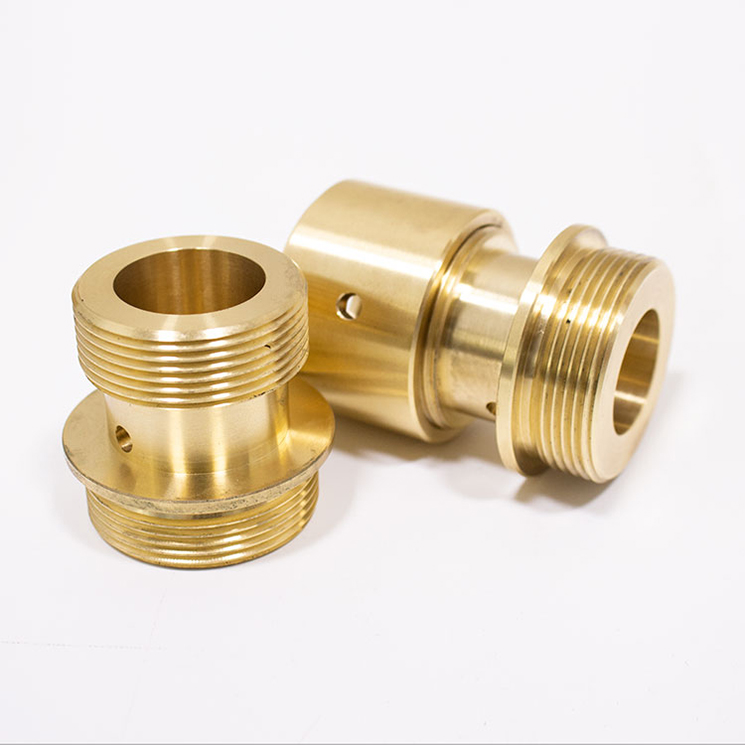In recent years, with the development of CNC machining, CNC machine tool parts have also been continuously developed. Numerous fields require CNC-machined special parts. According to the application scene, different CNC machining materials can be selected.
Material selection considerations, how will the part be used?
As CNC machining has evolved over the years, so have the components of CNC machine tools. Similar material types can be used in multiple products resulting in different functions. Is the part used in medical device, automotive, aerospace, mechanical or industrial manufacturing?
Using insulation as an example, the material used to insulate a breathalyzer may be different than the material used to insulate a camera. They both serve the same purpose, but cannot be used in the same way or with the same result type. Please use stainless steel instead of carbon steel when using it outdoors or in wet places to avoid rust.
stress load
High stress loads may cause some materials to deform or crack. When choosing a material for a part, it is important to consider stress loads. Highly stressed components must be handled by components capable of withstanding stress loads and resisting deformation. When a part is subjected to high stresses, the material from which the part is made needs the necessary elements to resist the load and prevent deformation.
Dimensional tolerance
Do not underestimate the importance of dimensional tolerances. It doesn’t just help you choose materials. It also affects parts and assemblies, cutting methods, and the use of tools and machines. Dimensional tolerances affect the overall process and revenue
Working temperature: The heat resistance of the material.
When selecting a material, the melting point of the material must be below the operating temperature of the process. Additionally, consideration must be given to whether the operating temperature changes, and the material must withstand the temperature without warping, deforming, or breaking over time.
While some more durable materials are manufactured to withstand these changes, many will show signs of warping, swelling and/or cracking over time. Extreme temperatures can also adversely affect the durability of some materials.
For CNC machining materials, it is also important to know this information. This prevents the part from deforming due to the heat generated by cutting and forming the part. For successful design and fabrication, the relationship between the operating temperature and the materials used must be established.
Weight and Stress Capacity
Heavier materials can absorb a lot of pressure. For projects requiring excessive loads and high stress loads, heavier materials should be considered. However, it is not suitable for weight-sensitive projects.
Lightweight materials are popular for weight-sensitive projects. They’re durable, easy to use, and can absorb a lot of pressure, but they’re more expensive. Lightweight materials are ideal for many products, but they may not be the best choice if cost is a key factor.
Choosing between heavy and light materials are just a few examples of the most important features of CNC machined parts. In this way, you can compare costs by specifying the key factors that make a part work and excluding materials that do not meet these criteria.
Overall Cost and Material Manufacturability
The most expensive materials are usually high strength and lightweight materials. When choosing a material to process, many factors can help you make a decision. To find the most compatible materials, prioritize the most important properties of the finished product.
Choose materials that meet strength curves, temperature limits, and assembly requirements. Eliminate materials that do not meet these requirements, compare material costs, and select them.
Generally, the more material used in a part, the more expensive it will be. Likewise, the cost of exotic materials and very strong materials such as titanium is high.
Material Selection Guide
Xinrico can process hundreds of metals, alloys, plastic materials and other custom materials on demand. Therefore, below we discuss the most popular materials and their properties. metal processing parts
Metal
One of the most common types of materials in CNC milling is metal, and there are a variety of options. Let’s take a look at the most well-known options and an overview of the applications that are best suited for each metal. Depending on the size and shape of the part, material costs can represent a significant portion of the total part price.
CNC machining materials are commonly used as follows
Aluminum:

Aluminum is a popular material in CNC machining due to its light weight, high strength to weight ratio, and excellent machinability. It is also corrosion resistant and has good thermal conductivity.
Steel:
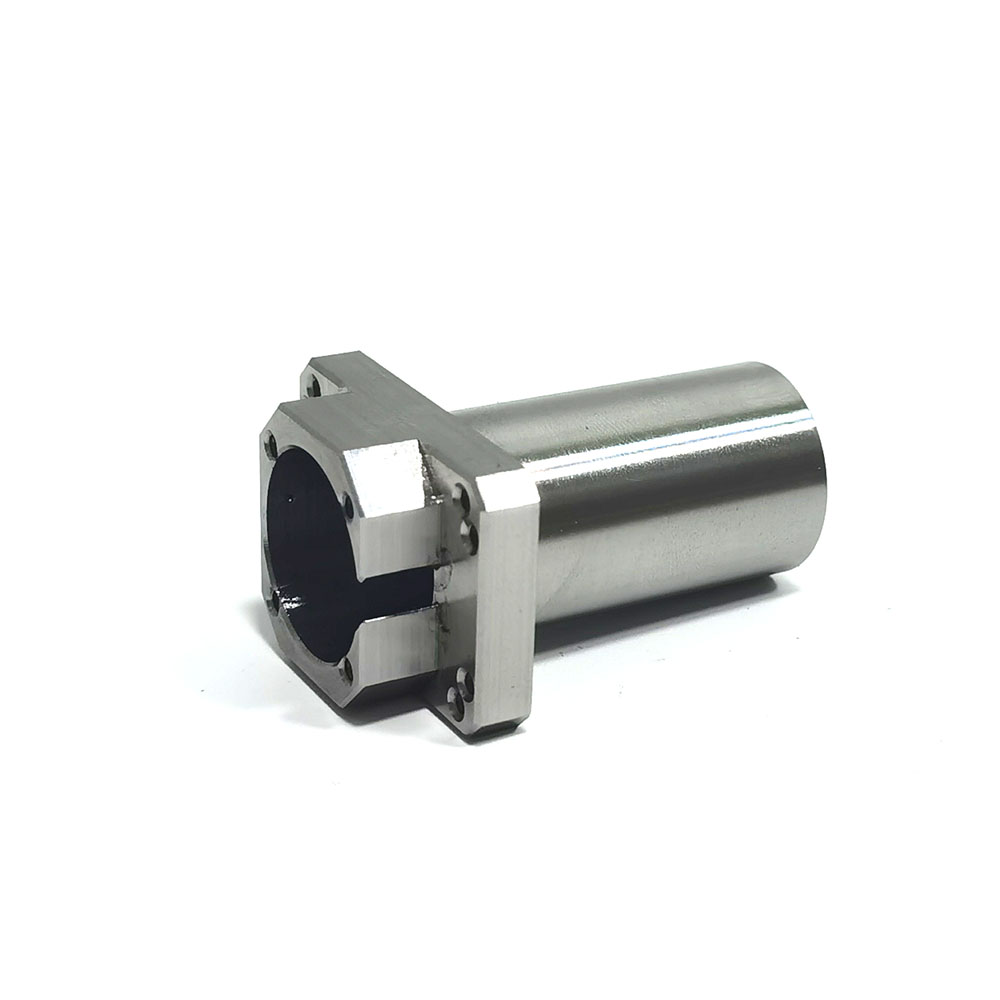
Steel is widely used in CNC machining due to its strength, durability and versatility. It is also relatively inexpensive compared to some other materials. Steel can be machined into sophisticated and intricate parts, often used in the automotive and aerospace industries.
Stainless steel:
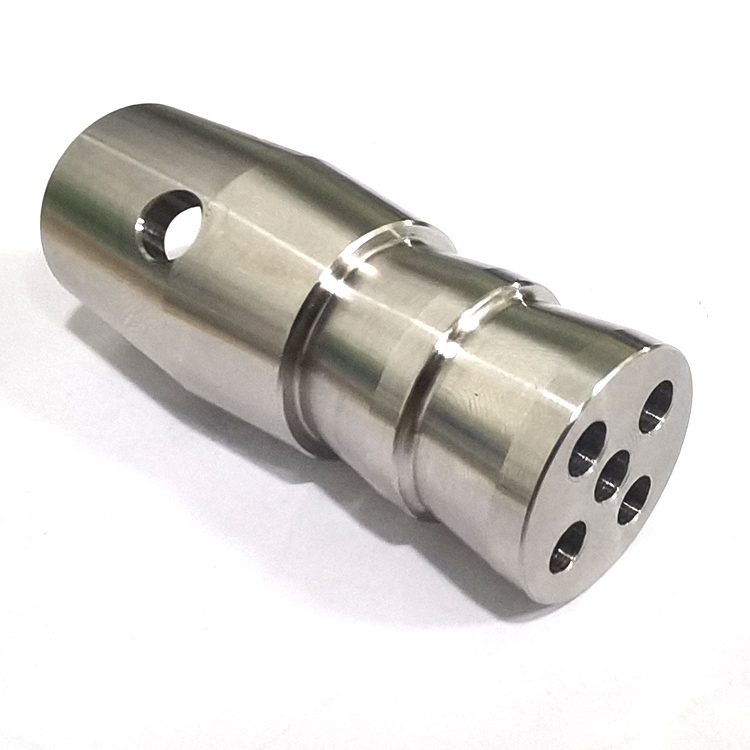
Stainless steel is a corrosion-resistant material that is often used in applications where hygiene and cleanliness are important, such as the food and medical industries. It is also used in the aerospace and defense industry due to its strength and durability.
Titanium:

Titanium is a lightweight and strong material commonly used in the aerospace and medical industries due to its high strength-to-weight ratio and biocompatibility. It also has corrosion resistance and good thermal properties.
Brass:
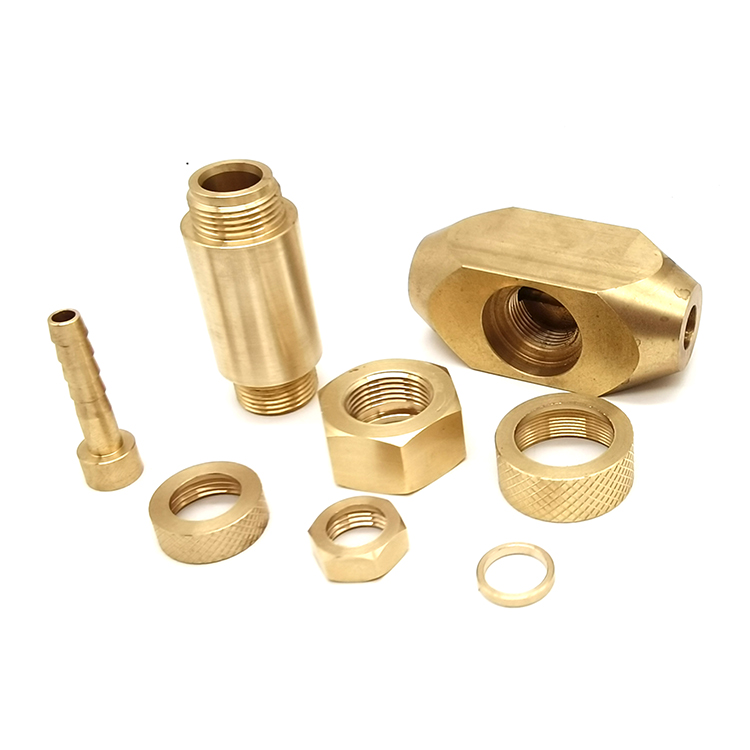
Brass is a soft and malleable material commonly used in decorative applications as well as in the manufacture of electrical components. It is also corrosion resistant and has good thermal conductivity.
Copper:
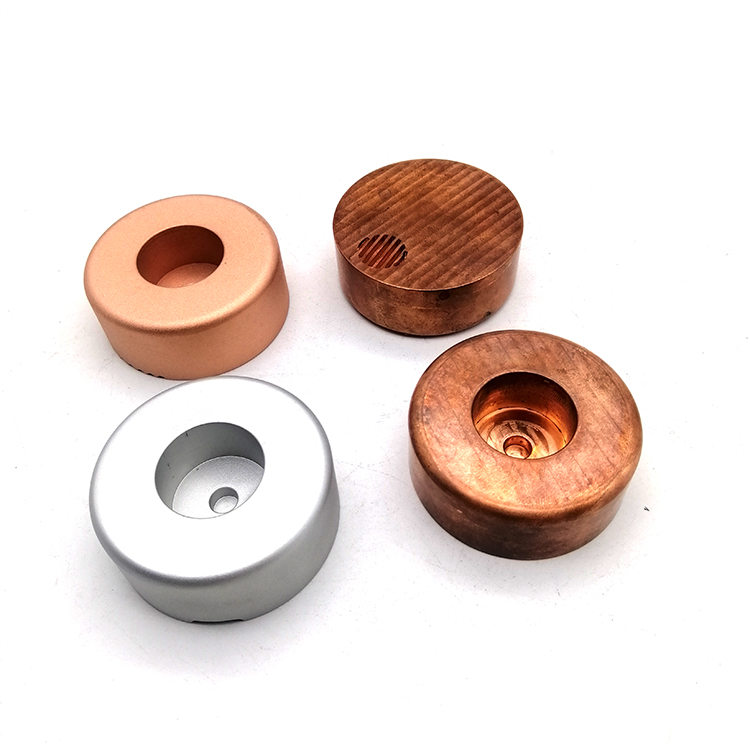
Copper is a good conductor of electricity and heat and is often used in electrical and plumbing applications. It also has corrosion resistance and good antibacterial properties.
Plastics:
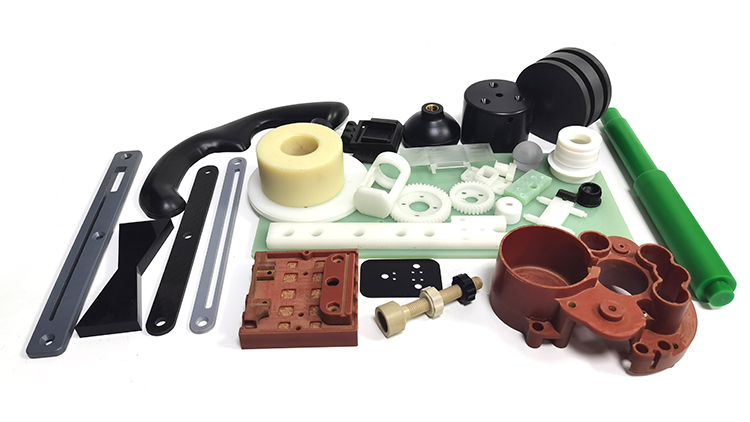
There are many types of plastics commonly used for CNC machining, including polycarbonate, ABS, nylon, and PVC. Plastics are often used in applications that require lightweight and corrosion-resistant materials, such as the manufacture of electronic housings and parts.
Composite materials:
Composite materials such as carbon fiber and glass fiber are commonly used in the aerospace and automotive industries due to their high strength and light weight. They are also used in sporting goods and other applications where strength and durability are important.
When selecting materials for CNC machining, it is important to consider factors such as the specific application, the desired properties of the part, and the cost of the material.





